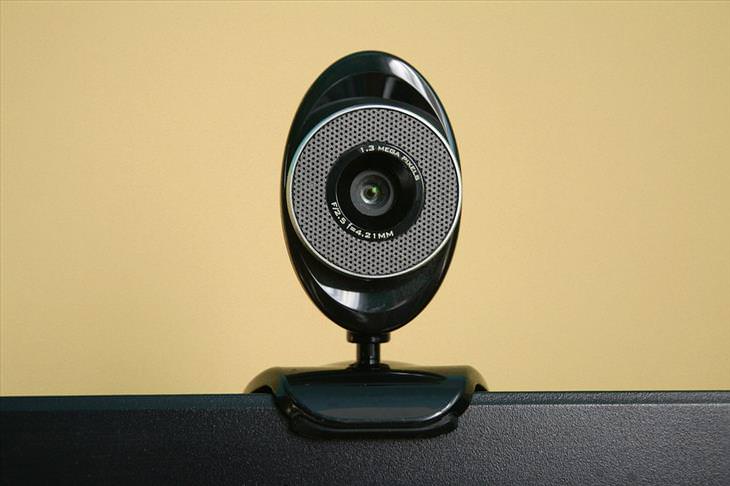These are Steps of configure a Router to use DHC
- Launch a browser. Connect to your router by entering its IP address. This will vary slightly from manufacturer to manufacturer, and will be listed in the documentation.
- Here are some common IP addresses for various routers:
- Linksys, 3Com, Asus, Dell, US Robotics: 192.168.1.1
- Qwest (AKA CenturyLink), DLink, Netgear, Trendnet, Senao: 192.168.0.1
- Belkin, Microsoft, and SMC: 192.168.2.1
- Apple: 10.0.1.1
- If you have misplaced your documentation, and you do not see your router listed here, search on Google for your router name and "default IP address" to find the correct information.
- Another way to locate your router's IP address: on a PC, open the command prompt (click on Start > Run/Search for cmd) and enter ipconfig. Look for the Default Gateway line, and try that number.
- On a Macintosh, open the Network control panel (System Preferences..,.Network) and look for Router: This is your router's IP address.
- Here are some common IP addresses for various routers:
- 2Log in. If prompted, enter your router's user name and password, and log into your router. Not all routers will require this step. If your router defaults to requiring a password, it will be listed with the documentation. If so, the default password is generally “admin,” and you may leave the User name field blank.
- 3Go to Setup -> Basic Setup. Scroll down until you see DHCP Server (Enable) (Disable) radio buttons. If it is disabled, select Enable
- 4If you want, you can change the number that the DHCP IP assigning starts. This is optional, and is totally dependant on personal preference. If you're not sure what this is, it's totally safe to skip this step.
- Some routers let you set the maximum number of DHCP clients. If your router has this setting, count all the computers, smart phones, and other internet-active devices (such as Apple TV), then add a couple extra, for guests who may visit with their smart phones and want to access the internet. Once the pre-defined maximum is reached, no one else can get an address until one expires!
- Some routers let you set the maximum number of DHCP clients. If your router has this setting, count all the computers, smart phones, and other internet-active devices (such as Apple TV), then add a couple extra, for guests who may visit with their smart phones and want to access the internet. Once the pre-defined maximum is reached, no one else can get an address until one expires!
- 5Set the DNS. Use the DNS servers provided to you by your ISP, or use the following DNS servers: 205.152.37.254, 205.152.132.235, 205.152.132.23; There are many DNS servers out there. It's best to use your ISP's if possible.
- 6Save your settings. Click the Save or Apply button, or whatever your router calls the button that locks in your changes.
- 7Configure your network devices. Open up the network configurations for the computers on your network. On a PC, go to Control Panel -> Network Connections ->Local Area Connection (or Wireless Connection) and select Obtain IP address automatically. On a Mac, go to System Preferences, then click on Network, and selectUsing DHCP. On a WiFi-enabled device, check the WiFi settings, and select DHCP as the source of the IP address.











No comments:
Post a Comment